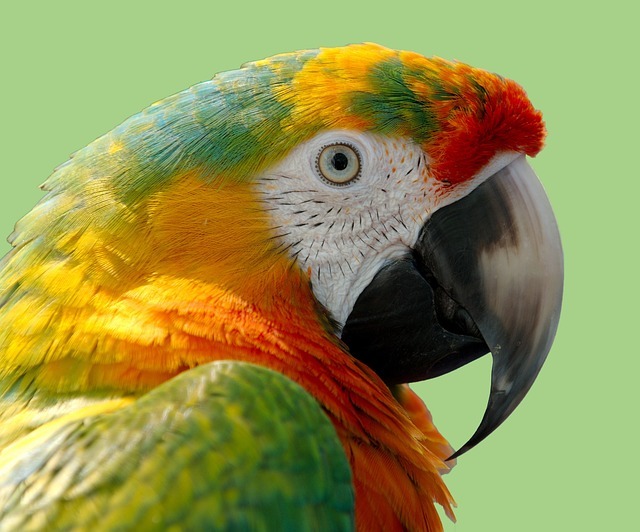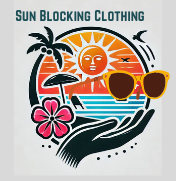What is more important? Color, fabric, or weave to make sure you get the best from your sun protection clothing?
How is color supposed to help me in using sun blocking fabrics? What about the fabric? Or is it all the weave?
In this part of learning about sun-blocking clothing series, let’s review how this all works.
Tightly woven fabrics block the sun out. Fabric made of artificial fibers is better than most natural fabrics. The darker colors absorb the UV rays, leaving less to get to your skin.
When you know why each of the components works, you can then make better choices to protect your skin. You can make better decisions.
One more time, tightly woven fabrics keep the sun off better than loosely woven ones. Think about how denim is so tightly woven, that UV rays can’t get through. Denim used to be all 100% cotton, but that’s seldom true now. (Read labels)
Now let’s talk about the color of your clothing. Dark colors absorb the UV rays (unless there are holes that the sun can get through.) In this situation, even tightly woven fabrics of darker color will let the sun rays through.
Polyester yarn that is woven with a tight finish will protect you from the sun’s rays, regardless of color. Unless the item has been washed and worn too much. The use and wear of a garment will make a difference.
Dark or Light Colors
Yes, color does impact sun-blocking capabilities.
Believe it or not, color plays a crucial role in how well a fabric protects your skin from UV radiation.
- Dark-colored fabrics, such as black and navy, absorb more UV radiation. This means that will become hot to wear in the sun.
- Light-colored fabrics, like white and pastels, reflect more UV rays and are cooler to wear.
Lighter colors may be preferred in the summer because of the heat that a dark color generates. Just be prepared for damage caused by reflected rays.
Hello, I’m Sami Williams, and I have been in the battle against skin cancer for over four decades. My struggles, marked by the frustrations of recurring skin issues and the challenges of less-than-desirable surgical outcomes, have fueled a passion for sun safety that extends through generations.
Witnessing my children face similar struggles intensified my commitment to break the cycle. For the past four years, I’ve immersed myself in the study of sun-blocking clothing, driven by a singular purpose: to put an end to the relentless cycle of skin cancer for my grandkids and generations to come.

Vibrant Colors and Patterns
Not all of us want to wear solid, dark colors all the time. What about some of the vibrant colors? Think red, orange, pink, bright green, blue, and purple. Even bright yellow.
- Some UPF clothing lines offer vibrant colors and patterns while still providing effective sun protection.
- The key is to choose clothing with a UPF rating, regardless of the color or pattern.
When you choose UPF-rated clothing, color, fabric, and weave are already factored in. You know from looking at the label the amount of protection you can expect from that particular garment.
The special finishes and weaves used in the machine-made fabric are accounted for. You just need to read the label to know the protection being provided in the garment.
When shopping in your closet for a sun blocking shirt, the patterned shirt can protect. Where the color is darker on the shirt or whatever garment you are choosing, there will be more protection.
A red and white check pattern, for instance, will offer more protection under the red parts of the shirt than the white parts. Read the labels. If the fabric is a blend of polyester and cotton, you will be more protected than with just cotton.

There isn’t that much difference in the rated protection ranges.
To me, what this tells me is that I can easily get a good bit of sun protection in almost any covering, using the information I now have. I know which weave, color, and fabric are better.
Shopping the labels on my clothing with the content information of the fabric will be all I need.
However, I won’t be out in the sun all day long. If your lifestyle has you out all day, you will need to be more careful.
Color Considerations for your Fun in the Sun Days
When you are shopping in your closet, you should consider what you will be doing while out in the sun day.
You will also need to consider how long you will be exposed to the sun.
- Consider the activities you’ll be doing, then choose the color of your clothing that you will be wearing for sun blocking purposes.
- For outdoor sports, choose moisture-wicking, light-colored options; for casual wear, you have more flexibility in color choices.
The comfort of moisture-wicking is important for the hotter more humid times, as well as the times of active exercise.

Sami’s Take on “What is More Important Color, Fabric, or Weave
Now you understand more about sun blocking clothing. If the garment is UPF rated, you will be regardless of the other factors. If you are shopping in your closet, all these parts come into play.
Remember to use sunscreen where ever you are not covered with clothing. You will also need your sunglasses and your sun-blocking wide-brim hat. These two items are more important than your sun blocking clothing.
A good pair of sunglasses and a sun hat will start your sun blocking wardrobe. Get in the habit of keeping these items handy, and don’t leave home without them.
Do you think that you can make wise choices from your closet to protect your skin? Everyday protection is important. Daily exposure adds up, even if it is in short stretches.
UPF-rated clothing is fun, and if vacation is coming up a long-sleeve loosely-fitting shirt will be very important to keep your skin safe from skin cancer.
Special clothing is great, and can offer better protection.
The main thing is to always wear something.
Don’t allow the sun to beam down on your bare unprotected skin for over 15 minutes at a time.
